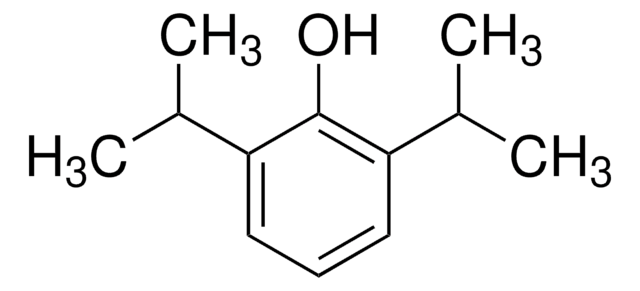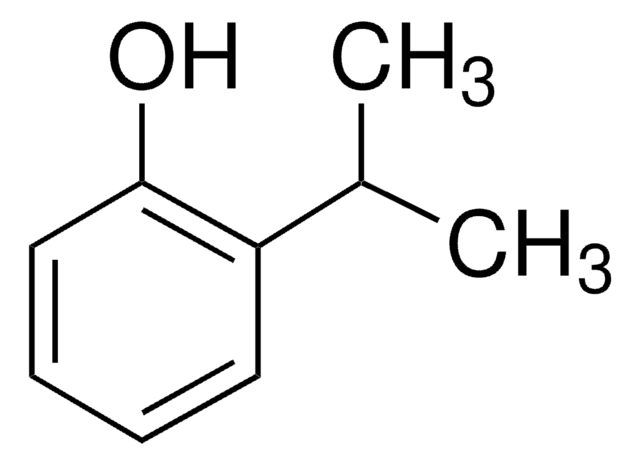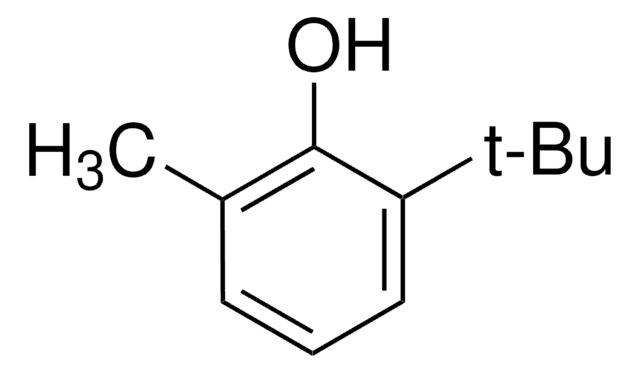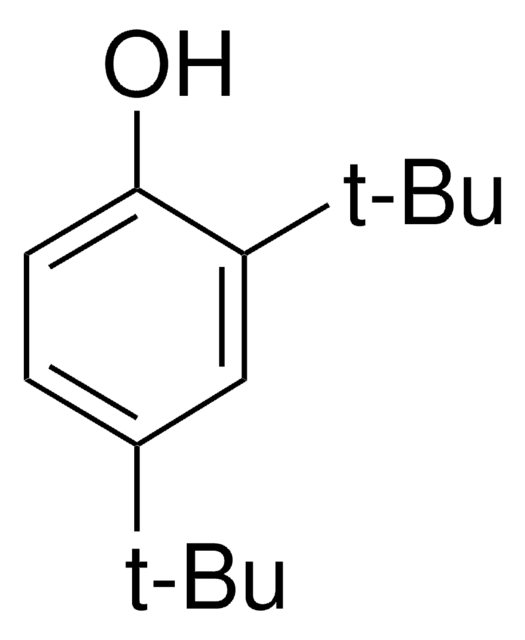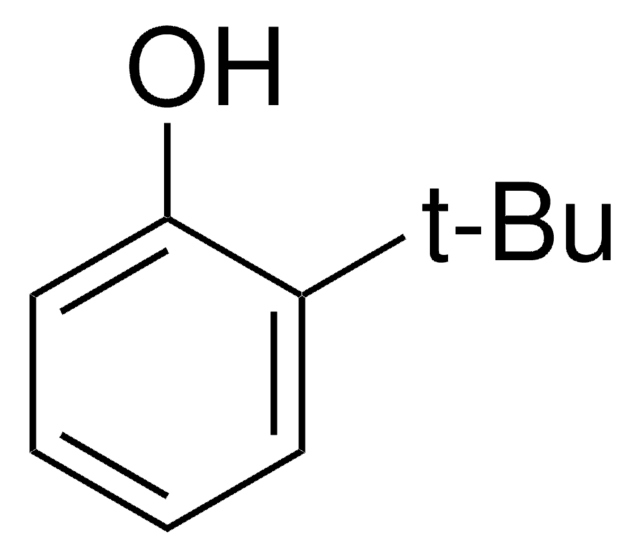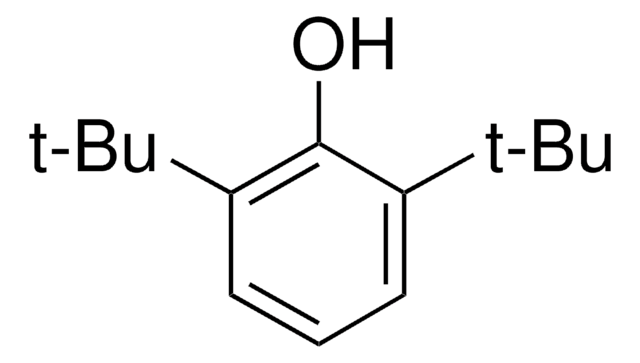E2503004
Etomidate impurity B
European Pharmacopoeia (EP) Reference Standard
Sign Into View Organizational & Contract Pricing
All Photos(1)
Synonym(s):
Methyl 1-[(1RS)-1-phenylethyl]-1H-imidazole-5-carboxylate
Empirical Formula (Hill Notation):
C13H14N2O2
Recommended Products
grade
pharmaceutical primary standard
API family
etomidate
manufacturer/tradename
EDQM
application(s)
pharmaceutical (small molecule)
format
neat
storage temp.
2-8°C
InChI
1S/C13H14N2O2/c1-10(11-6-4-3-5-7-11)15-9-14-8-12(15)13(16)17-2/h3-10H,1-2H3
InChI key
FHFZEKYDSVTYLL-UHFFFAOYSA-N
General description
This product is provided as delivered and specified by the issuing Pharmacopoeia. All information provided in support of this product, including SDS and any product information leaflets have been developed and issued under the Authority of the issuing Pharmacopoeia.For further information and support please go to the website of the issuing Pharmacopoeia.
Application
Etomidate impurity B EP Reference standard, intended for use in laboratory tests only as specifically prescribed in the European Pharmacopoeia.
Packaging
The product is delivered as supplied by the issuing Pharmacopoeia. For the current unit quantity, please visit the EDQM reference substance catalogue.
Other Notes
Sales restrictions may apply.
related product
Signal Word
Danger
Hazard Statements
Precautionary Statements
Hazard Classifications
Acute Tox. 3 Oral - Aquatic Chronic 2 - STOT SE 3
Target Organs
Central nervous system
WGK
WGK 3
Flash Point(F)
Not applicable
Flash Point(C)
Not applicable
Regulatory Information
监管及禁止进口产品
Certificates of Analysis (COA)
Search for Certificates of Analysis (COA) by entering the products Lot/Batch Number. Lot and Batch Numbers can be found on a product’s label following the words ‘Lot’ or ‘Batch’.
Already Own This Product?
Find documentation for the products that you have recently purchased in the Document Library.
Joakim Hennings et al.
The Journal of clinical endocrinology and metabolism, 91(4), 1410-1414 (2006-01-13)
Adrenal incidentalomas are common findings necessitating extensive laboratory work-up and repetitive radiological examinations. Positron emission tomography (PET) using (11)C-labeled metomidate (MTO) has previously been described as a tool for specific adrenocortical imaging. We evaluated 212 MTO-PET examinations in 173 patients
Georg Zettinig et al.
European journal of nuclear medicine and molecular imaging, 31(9), 1224-1230 (2004-06-16)
(11)C-metomidate (MTO), a marker of 11beta-hydroxylase, has been suggested as a novel positron emission tomography (PET) tracer for adrenocortical imaging. Up to now, experience with this very new tracer is limited. The aims of this study were (1) to evaluate
Heikki Minn et al.
Journal of nuclear medicine : official publication, Society of Nuclear Medicine, 45(6), 972-979 (2004-06-08)
Our aim was to evaluate the use of PET with (11)C-metomidate and (18)F-FDG for the diagnosis of adrenal incidentalomas. Twenty-one patients underwent hormonal screening before dynamic imaging of the upper abdomen with (11)C-metomidate, and for 19 of these 21 patients
J Hennings et al.
Langenbeck's archives of surgery, 395(7), 963-967 (2010-07-21)
To evaluate whether dexamethasone suppression treatment can improve (11) C-metomidate positron emission tomography (MTO-PET) detection of small adrenocortical adenomas in primary aldosteronism (PA). Eleven patients with proven PA and two patients with non-hyperfunctioning adrenocortical incidentalomas and small adrenocortical tumours observed
Grayson A Doss et al.
Journal of zoo and wildlife medicine : official publication of the American Association of Zoo Veterinarians, 45(1), 53-59 (2014-04-10)
Metomidate hydrochloride is an imidazole-based, nonbarbiturate hypnotic drug primarily used as an immersion sedation and anesthetic agent in freshwater and marine finfish. To the authors' knowledge, there is no documentation in the literature of its use in amphibians. In this
Our team of scientists has experience in all areas of research including Life Science, Material Science, Chemical Synthesis, Chromatography, Analytical and many others.
Contact Technical Service